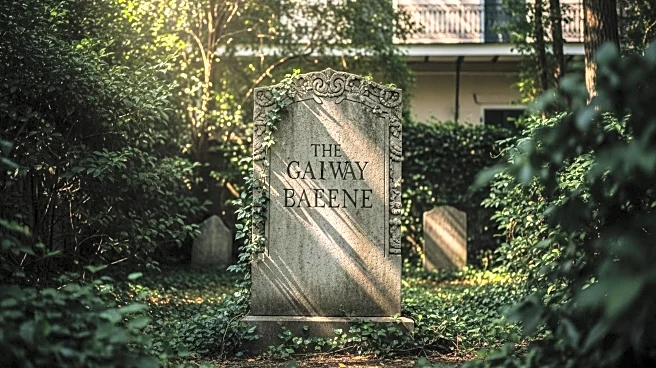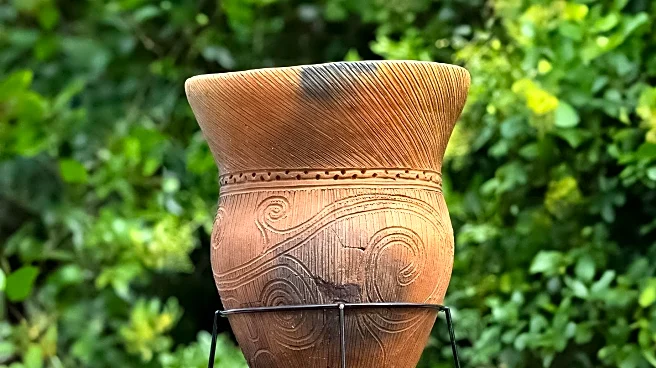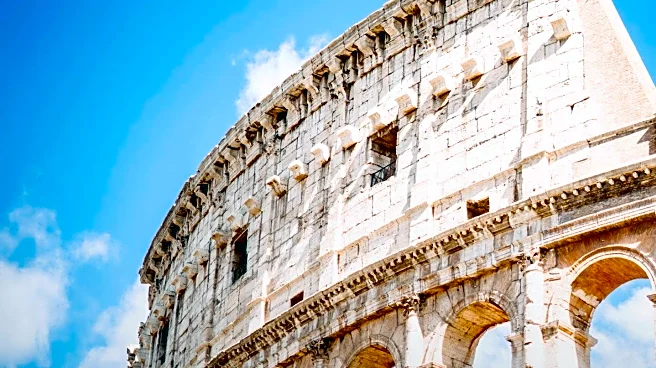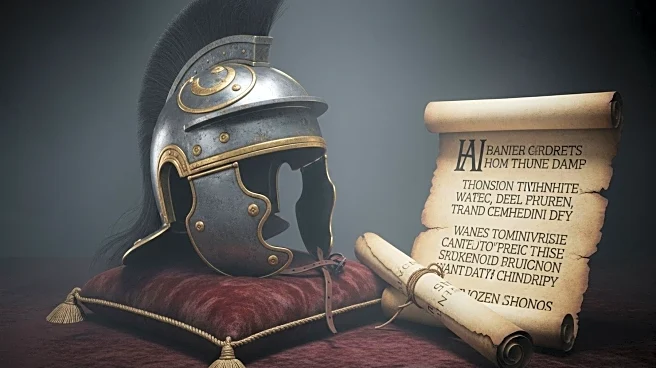What is the story about?
What's Happening?
Daniella Santoro, a PhD candidate at Tulane University, discovered a Roman gravestone in her backyard in New Orleans. The marble tablet, dating back to the second century AD, belonged to a Roman sailor named Sextus Congenius Verus. The artifact was originally found in Civitavecchia, Italy, and was part of the Museo Archeologico Nazionale di Civitavecchia's collection before being lost during World War II. Susann S. Lusnia, a classical studies professor, confirmed the tablet's authenticity and initiated contact with authorities for its return to Italy.
Why It's Important?
The discovery of the Roman gravestone in New Orleans highlights the presence of significant cultural artifacts outside their countries of origin. It underscores the importance of international cooperation in repatriating cultural property, as outlined by the 1970 UNESCO treaty. The event draws attention to the historical connections between the U.S. and Europe, particularly during wartime, and the potential for artifacts to be displaced during such periods. The case may encourage further exploration of similar artifacts in the U.S. and their rightful ownership.
What's Next?
The Roman gravestone is currently in the possession of the FBI's art crime unit, which is working on its repatriation to Italy. The process involves collaboration with Italian authorities to ensure the artifact's return to its original location. Daniella Santoro and her family plan to visit Civitavecchia to see the gravestone in its rightful place, fostering cultural exchange and understanding. This case may lead to increased efforts to identify and return other displaced cultural artifacts.
Beyond the Headlines
The discovery of the Roman gravestone in New Orleans raises ethical questions about the ownership and display of cultural artifacts. It highlights the importance of preserving historical legacies and respecting cultural heritage. The story illustrates the role of individuals in uncovering and preserving history, as Santoro's actions led to the artifact's identification and repatriation. It also emphasizes the need for international cooperation in cultural preservation.
AI Generated Content
Do you find this article useful?














